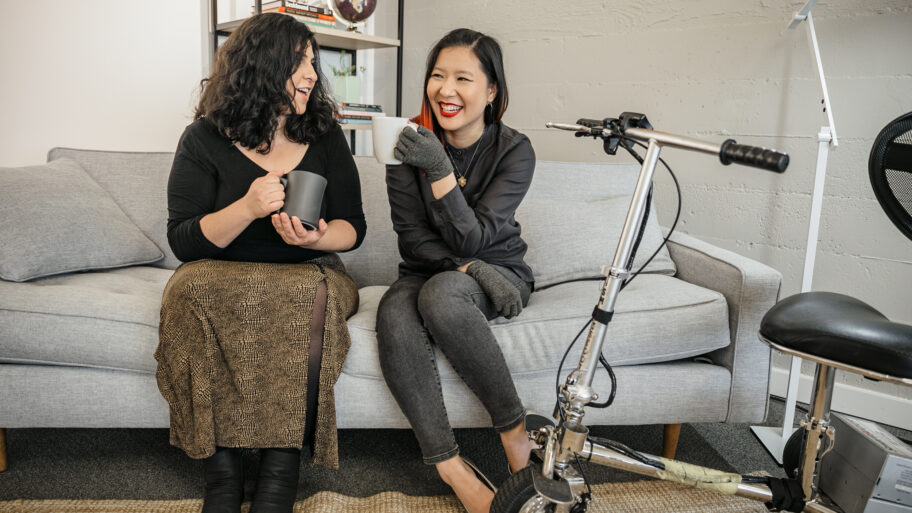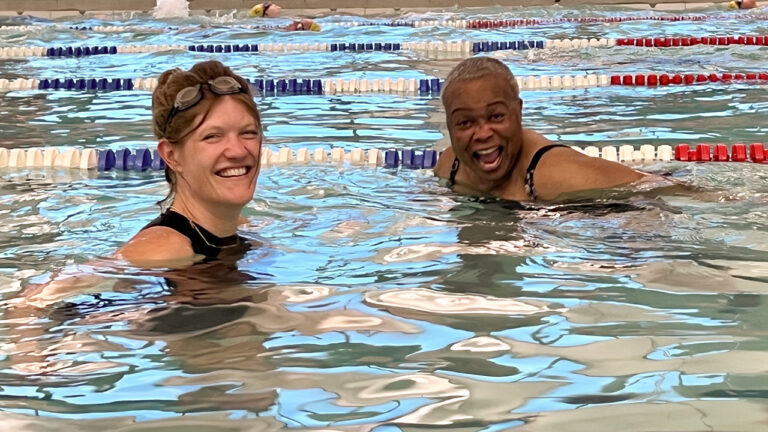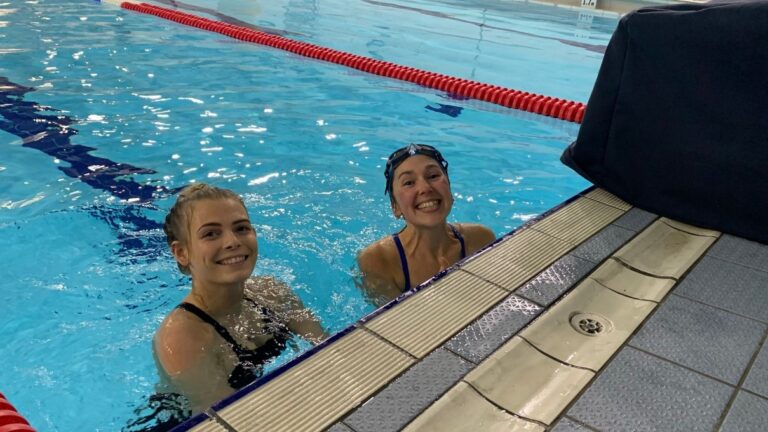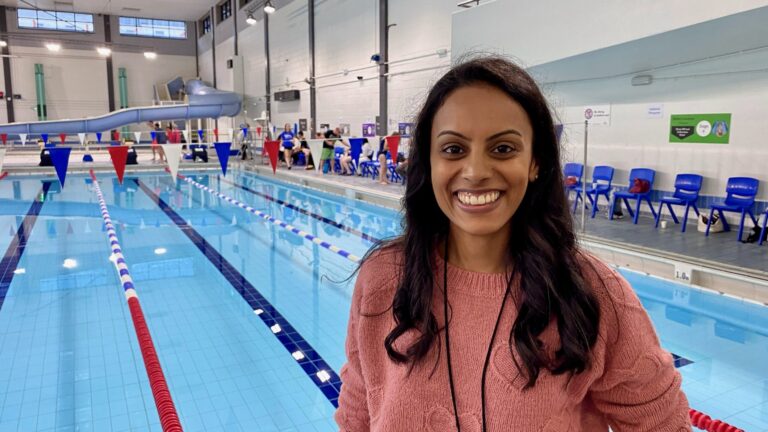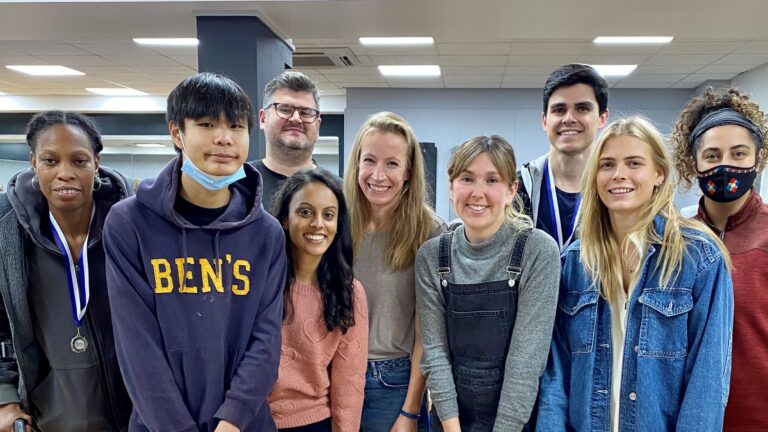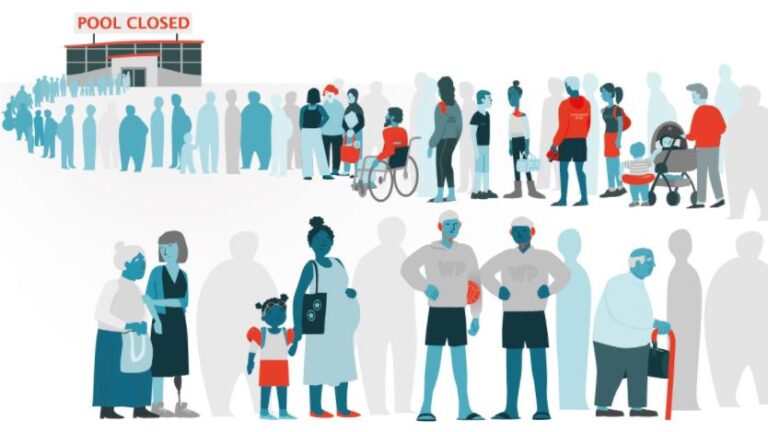This week, we’re celebrating International Women’s Day and the intersectionality with disability. International Women’s Day on the 8th March is a global day for celebrating the social, economic, cultural and political achievements of women, along with a call to action to push for women’s equality. This year’s theme is “Choose to challenge”, and you’ll see that we have a long way to go for equality.
This week, my colleague Alicia will share some thoughts on women and girls with disabilities, and how much further we must challenge ourselves to support them. Alicia is a user experience researcher and champion of accessibility who loves to share how inclusive design makes a better place for everyone.
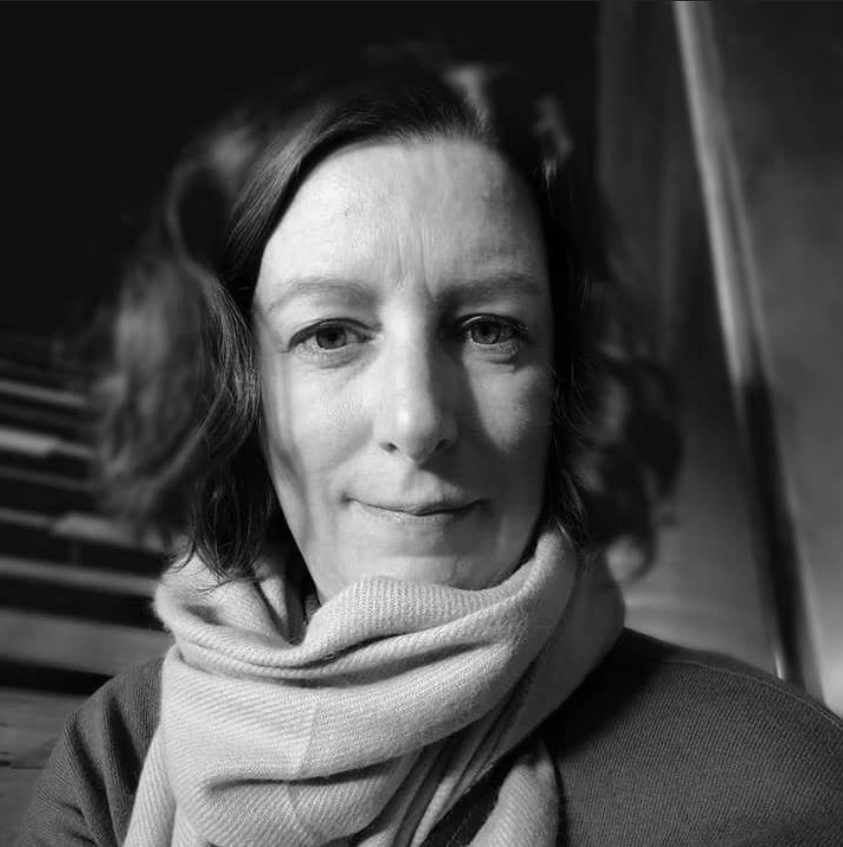
Globally, more women (19%) than men (12%) report having a disability. Women are less likely to have their pain treated or their symptoms taken seriously by medical professionals. From heart attacks to autism, women are more likely to be misdiagnosed than men because research and diagnostic testing historically have focused on male bodies.
Even devices designed to support and keep women safe are not equal:
- Seat belts are designed for the average male body, contributing to women being 47% more likely to suffer severe injuries in car accidents.
- Some hearing aids are not suitable for women – who have smaller ear canals and lose hearing at different frequencies to men.
- Female wheelchair users report more pain in their shoulders, wrists and hands than men, and women with limb loss tend to report higher levels of discomfort, dissatisfaction and outright rejection of prosthetic limbs than their male counterparts due to designs being based on male body forms and mechanics.
Inequalities also exist in education:
- The global literacy rate for disabled individuals is 3%, but just 1% for disabled women and girls.
- Gaining access to schools can be a barrier for disabled girls who may live long distances away without adequate transport or unequal access to wheelchairs, prosthetic or orthotic devices.
- Many families of disabled girls see them as vulnerable and weak, so they are kept home from school altogether to prevent victimisation.
- Even when disabled girls are in education, they are more likely to miss out on assistive technology, rehabilitation and educational supports than boys.
Employment is challenging as well – up to 75% of women with disabilities are unemployed, and those in employment experience unfair hiring and promotion standards, lower pay and lack of equal access to training.
In their personal life, girls and women with disabilities:
- May face up to 10 times more violence and abuse than those without, often due to their reliance on family or caregivers and lack of independence.
- Disabled women’s sexual and reproductive rights are abused: nearly half (42%) of disabled parents reported facing discrimination, pressure to get sterilised or to have an abortion.
- Women with disabilities also face significant barriers with pregnancy and parenting like finding providers that are knowledgeable about their particular conditions, let alone being able to access the doctor’s office in the first place due to inaccessible buildings.
- Parents with learning disabilities are often reluctant to get maternity help due to fears of having their children taken away from them.
- Disabled parents of infants and toddlers often need access to equipment for carrying young children, while parents of older children report needing access to equipment that helps support their involvement in their children’s educational and leisure activities.
Although most would agree that technology has made things simpler, there are still quite a few gaps:
- Women have overall less access to assistive technology and mobility aids due to cost, access or tools that were not designed for them.
- Women are around 50% less likely use the internet than men.
The Impact of the Pandemic on Women with Disabilities
Women with disabilities have a 3.5 times greater chance of death from the coronavirus in the UK than non-disabled women. When hospitals become overwhelmed and reach capacity, they have decided that disabled lives just aren’t worth saving. To help these inequalities, the United Nations advocates for more inclusive policies, accessible communication plans and inclusion of women with disabilities in the service design and decision making processes.
What You Can Do to Help
There are lots of things you can do about the disparities for disabled women. You can learn more by reading the International Disability Alliance’s “We, women and girls with disabilities want…” campaign to advance disabled women’s rights or the United Nation’s “The Empowerment of Women and Girls with Disabilities” strategy document. If you have more time, you can also find ways to campaign and volunteer both locally and globally about the issues that are important to you – WeSwim is a great example.
Thank you, Alicia, for this great article. If you liked it, you can follow her on LinkedIn or Medium for more stories about accessibility, disability inclusion and strategic change. We wish a great women’s day to all girls and women around the world.
The featured photo was taken by Tojo Andrianarivo, with make-up artistry from Lana Shapiro, for the Disabled And Here project.
